Picture this: you’re peacefully walking through a forest when suddenly, a tiny beetle sprays boiling hot chemicals directly from its rear end at a would-be predator. This isn’t science fiction – it’s the remarkable reality of one of nature’s most ingenious defensive mechanisms. The bombardier beetle has evolved what might be the most explosive defense system in the animal kingdom, literally cooking up trouble for anything that dares to threaten it.
The Bombardier Beetle’s Explosive Identity
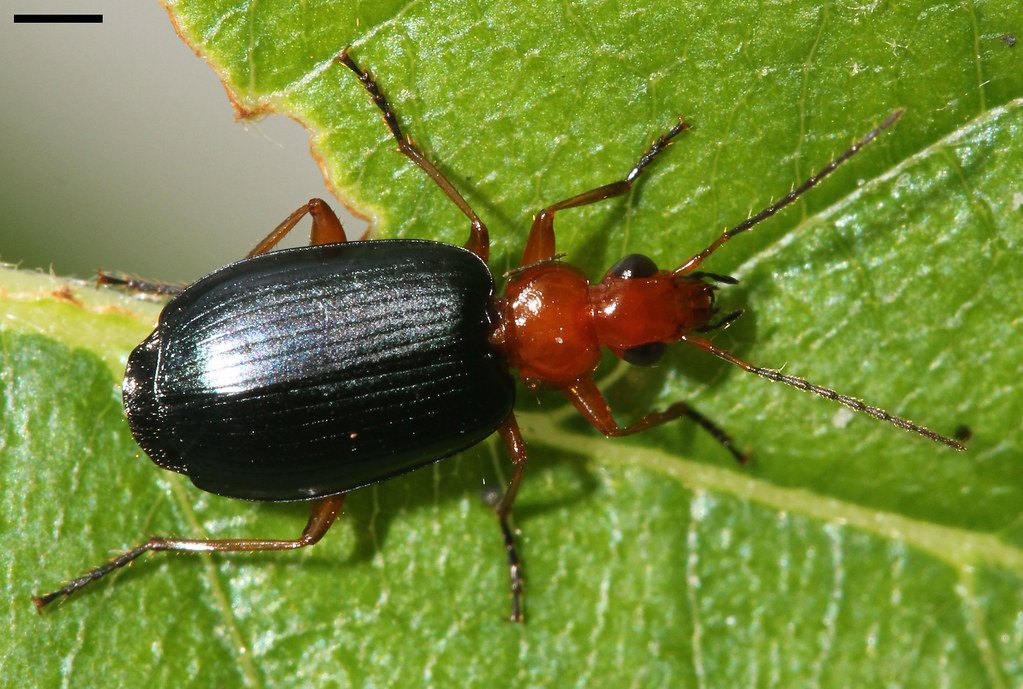
The bombardier beetle belongs to the ground beetle family Carabidae, with over 500 species found across the globe. These small but mighty insects typically measure between 12 to 20 millimeters in length, sporting a distinctive black and orange coloration that serves as a warning to potential predators.
What sets these beetles apart from their relatives isn’t their size or appearance – it’s their ability to produce a controlled chemical explosion within their own bodies. This remarkable adaptation has made them one of the most studied insects in the world of entomology and biomimetics.
The Chemistry Behind the Boom
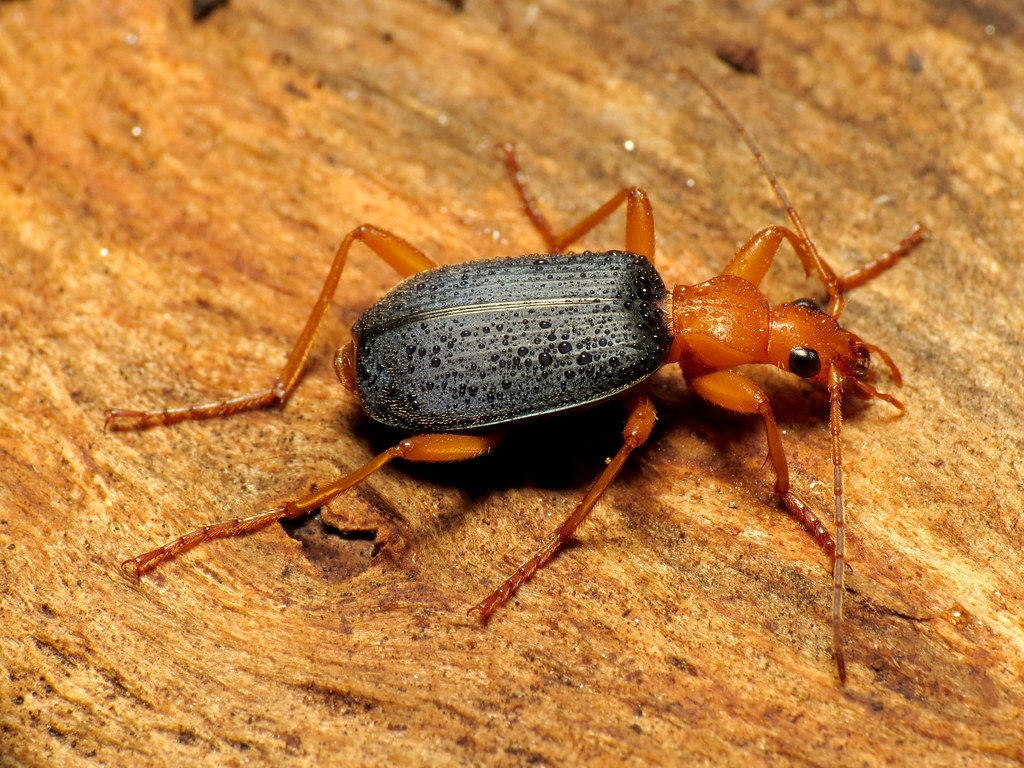
The bombardier beetle’s defense system relies on a sophisticated two-chamber chemical reaction that would make any chemist envious. The beetle stores two separate chemicals in specialized glands: hydrogen peroxide and hydroquinone, along with various enzymes including catalase and peroxidase.
When threatened, the beetle rapidly mixes these chemicals in a reaction chamber, creating a violent chemical reaction that reaches temperatures of nearly 100 degrees Celsius (212 degrees Fahrenheit). This instantaneous reaction produces a toxic, boiling hot spray that can be accurately aimed at attackers.
The reaction happens so quickly that it creates an audible “pop” sound, earning these beetles their explosive reputation among researchers and nature enthusiasts alike.
Anatomy of a Living Weapon
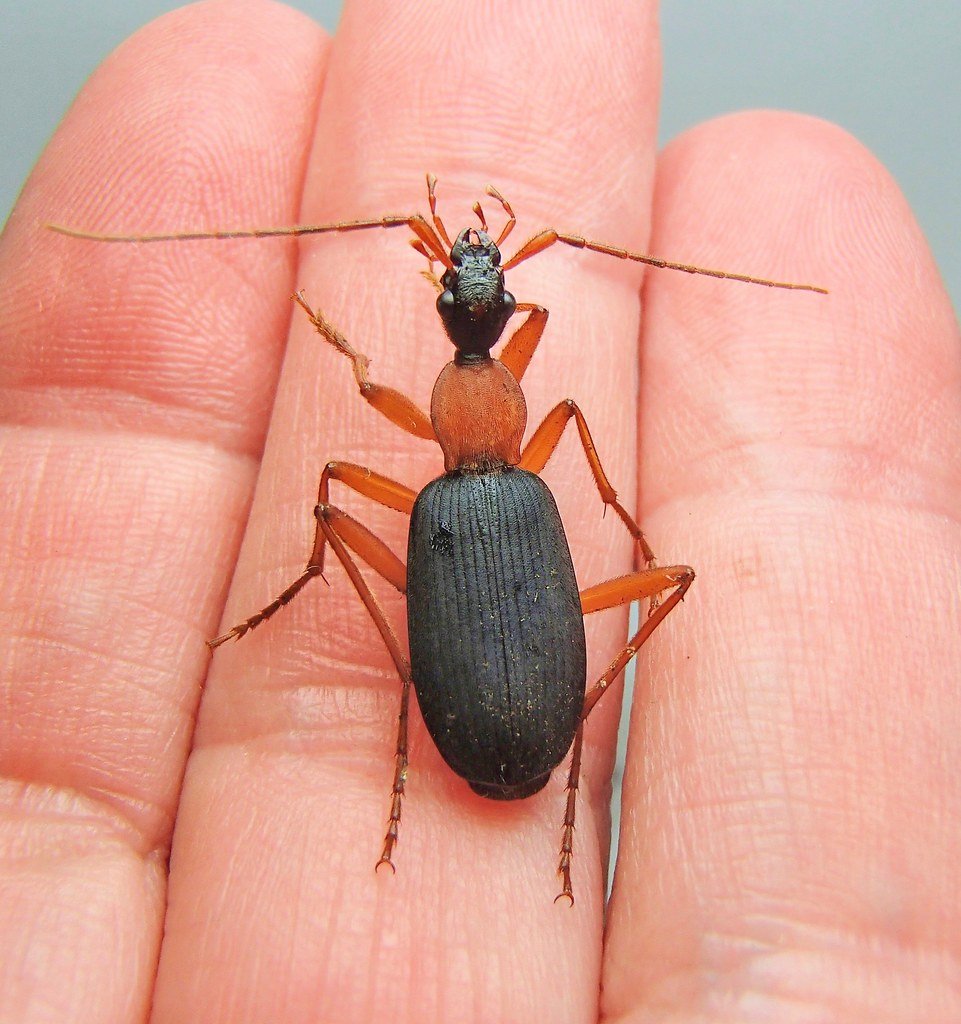
The bombardier beetle’s defensive apparatus is a marvel of biological engineering. Located at the tip of their abdomen, the system consists of two main storage chambers called reservoirs, connected to a smaller reaction chamber through muscular valves.
The storage chambers can hold up to 0.3 milliliters of chemical precursors – a significant amount considering the beetle’s tiny size. These chambers are lined with specialized cells that continuously produce and secrete the necessary chemicals.
The reaction chamber itself is reinforced with a tough, heat-resistant cuticle that can withstand the extreme temperatures and pressures generated during the chemical explosion. It’s like having a miniature pressure cooker built into their body.
The Mechanics of Chemical Warfare

When danger approaches, the bombardier beetle’s nervous system triggers a complex sequence of muscular contractions. First, the beetle contracts muscles surrounding the storage chambers, forcing the chemical precursors into the reaction chamber through one-way valves.
The mixing process takes mere milliseconds, but the results are spectacular. The chemical reaction produces not only intense heat but also significant pressure, creating a jet of boiling chemicals that can reach speeds of up to 10 meters per second.
The beetle can control both the direction and intensity of the spray through specialized muscles that rotate the reaction chamber like a tiny turret. This allows for precise targeting of threats from multiple angles.
Temperature Control and Safety Measures
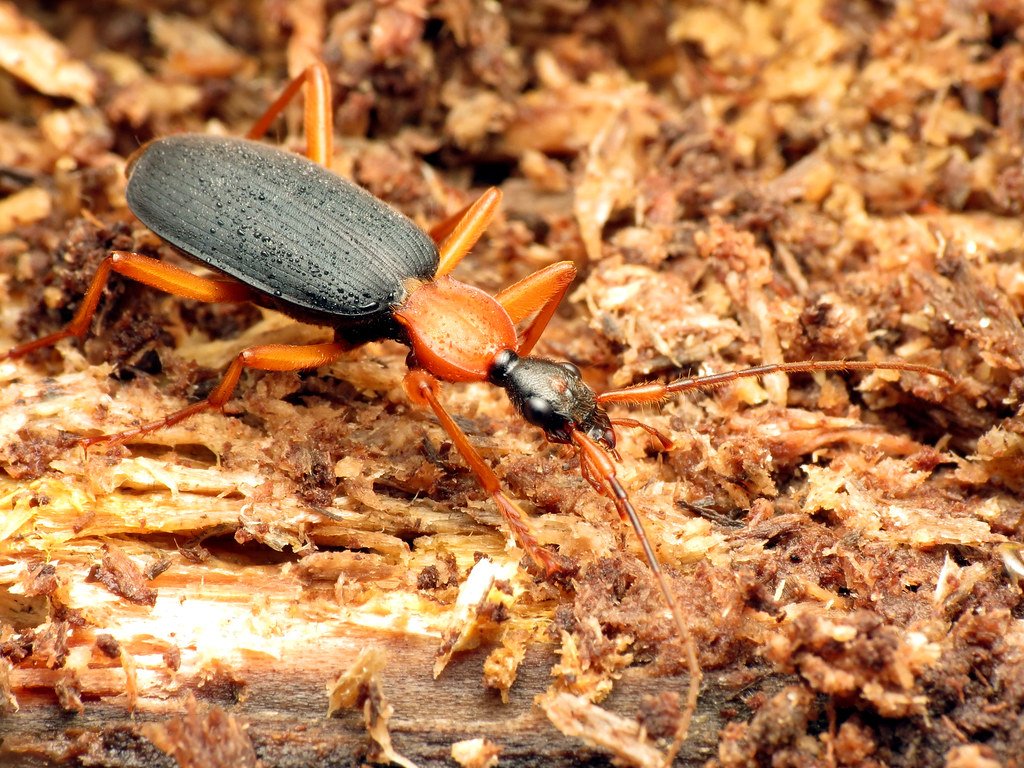
One might wonder how these beetles avoid cooking themselves with their own chemical weapons. The answer lies in their sophisticated biological safety systems that prevent self-harm during the explosive reaction.
The reaction chamber is equipped with a cooling system that rapidly dissipates heat after each discharge. Additionally, the beetle releases the chemicals in short, controlled bursts rather than continuous streams, allowing time for temperature regulation between shots.
The entire system is designed with multiple fail-safes, including pressure relief valves and heat-resistant barriers that protect the beetle’s internal organs from damage. It’s a testament to millions of years of evolutionary refinement.
Accuracy and Range of the Chemical Cannon
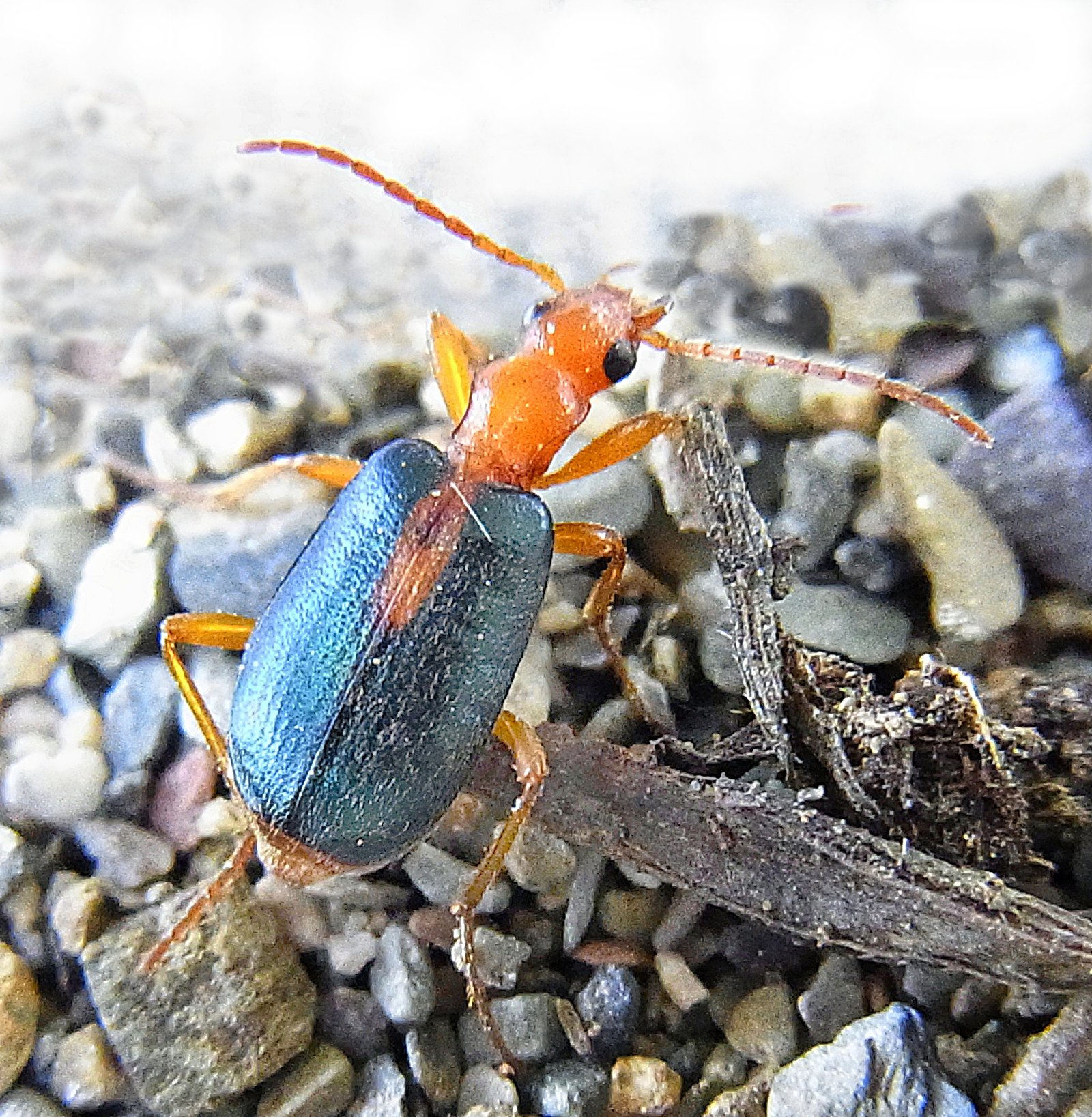
The bombardier beetle’s chemical defense isn’t just powerful – it’s remarkably accurate. These insects can hit targets up to 20 centimeters away with impressive precision, thanks to their ability to rotate their abdominal “cannon” through a 270-degree arc.
The spray pattern can be adjusted from a focused jet for distant targets to a wider dispersal pattern for close-range threats. This versatility makes the system effective against predators of various sizes, from ants to birds and even small mammals.
Research has shown that experienced beetles can achieve hit rates of over 80% against moving targets, making them formidable opponents despite their small size. The accuracy improves with age, suggesting that beetles actually learn to use their chemical weapons more effectively over time.
The Evolutionary Arms Race
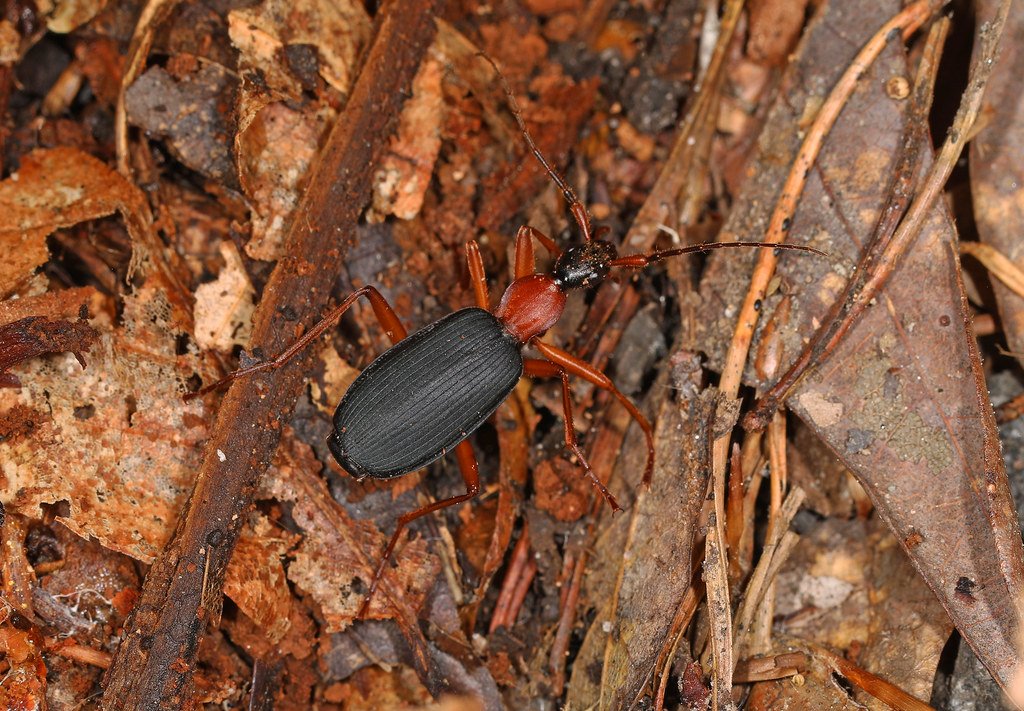
The bombardier beetle’s chemical defense system represents millions of years of evolutionary pressure and adaptation. This remarkable ability likely evolved as a response to increasing predation pressure from other insects, spiders, and small vertebrates.
The complexity of the system suggests that it evolved through a series of incremental improvements, with each generation developing more sophisticated chemical production and delivery mechanisms. This process demonstrates how evolution can produce seemingly impossible biological innovations through gradual refinement.
Interestingly, different species of bombardier beetles have developed variations on this theme, with some producing different chemical cocktails or employing alternative delivery mechanisms. This diversity shows that evolution continues to experiment with this successful defensive strategy.
Predator Reactions and Effectiveness

The bombardier beetle’s chemical defense is devastatingly effective against most predators. Ants, which are among the beetle’s primary threats, immediately retreat when hit by the boiling spray, often exhibiting clear signs of distress and pain.
Larger predators like birds and frogs show similar responses, quickly releasing captured beetles and avoiding similar prey in the future. The combination of heat, toxic chemicals, and the startling nature of the attack creates a powerful deterrent effect that often provides lasting protection.
Studies have shown that predators who encounter bombardier beetles develop learned avoidance behaviors, recognizing the distinctive coloration and body shape as warning signs. This learned response extends the beetle’s protection beyond individual encounters.
Multiple Shots and Ammunition Management

Perhaps most impressively, bombardier beetles don’t rely on a single-shot defense system. These remarkable insects can fire their chemical weapons up to 20 times in rapid succession, with each shot maintaining nearly full potency.
The beetle’s body continuously produces the necessary chemicals, allowing for quick reloading between encounters. However, after extensive use, the system requires several hours to fully replenish its chemical stores, making conservation of ammunition an important survival strategy.
The ability to fire multiple shots makes the bombardier beetle particularly effective against persistent predators or group attacks, providing sustained defense during extended confrontations.
Geographic Distribution and Habitat Preferences
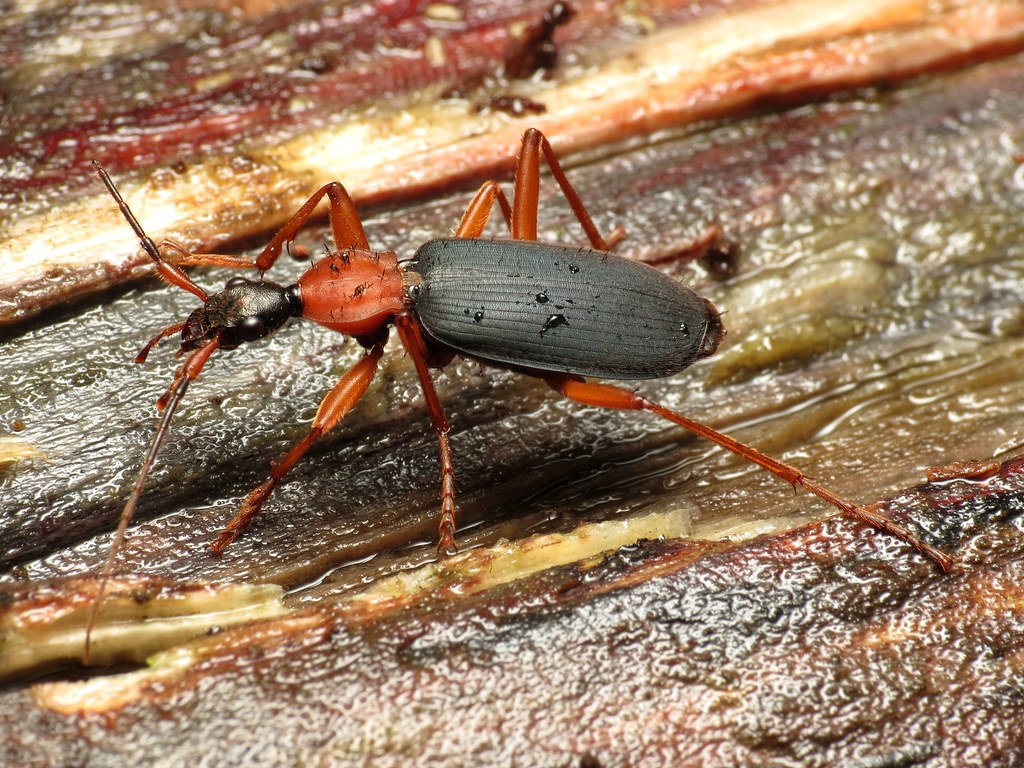
Bombardier beetles have successfully colonized diverse habitats across the globe, from tropical rainforests to temperate woodlands and even desert environments. Their chemical defense system has allowed them to thrive in areas with high predator pressure where other insects might struggle to survive.
Different species have adapted to specific ecological niches, with some preferring ground-dwelling lifestyles while others have taken to living in trees or near water sources. This adaptability demonstrates the versatility of their defensive strategy across various environmental conditions.
The global distribution of bombardier beetles also provides researchers with opportunities to study how this defensive mechanism has evolved independently in different regions, leading to fascinating insights into convergent evolution.
Hunting and Feeding Behavior
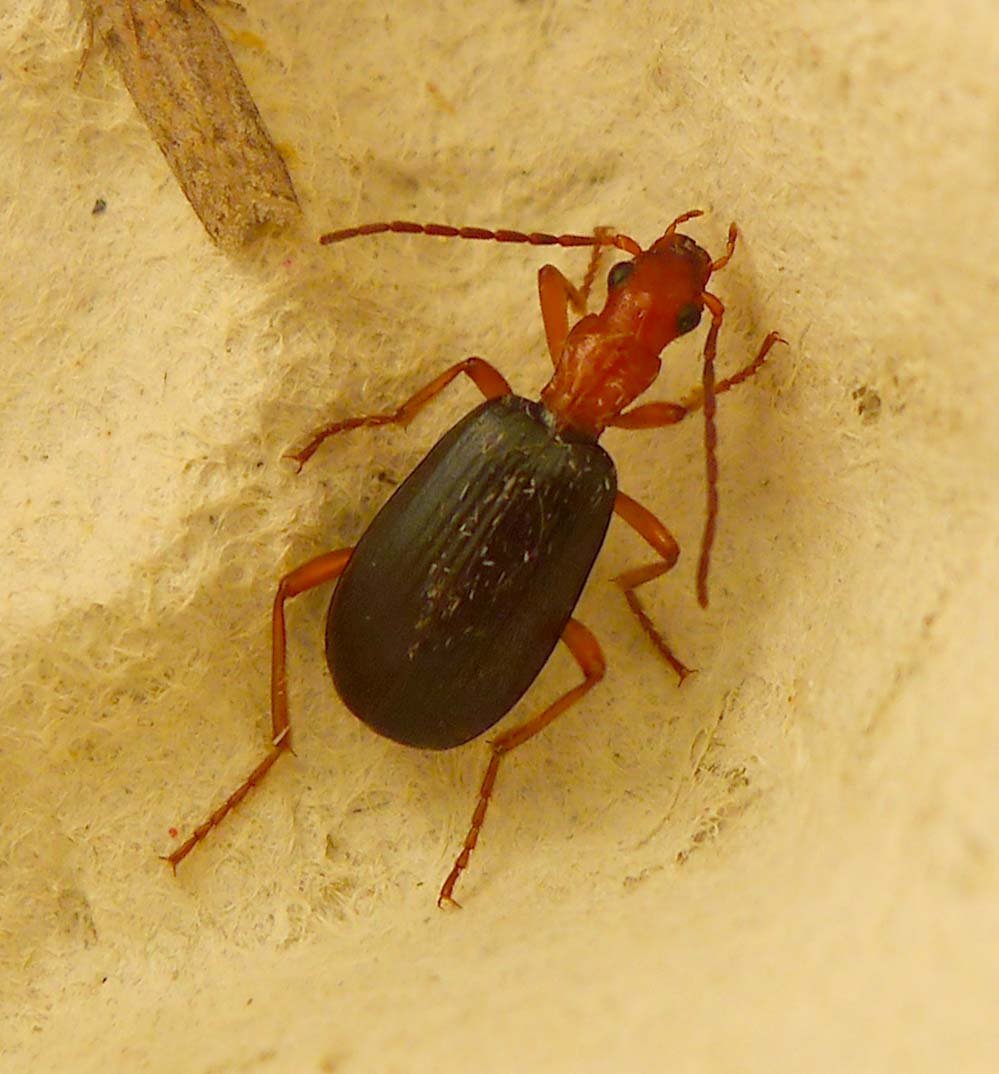
Despite their formidable defensive capabilities, bombardier beetles are primarily predators themselves, using their chemical weapons not just for defense but occasionally for hunting. They typically feed on other insects, larvae, and small arthropods found in their environment.
The beetles are active hunters, using their speed and agility to pursue prey rather than relying on their chemical weapons for offensive purposes. Their diet varies seasonally and geographically, adapting to available food sources in their specific habitats.
Interestingly, the energy cost of producing and maintaining their chemical defense system influences their hunting behavior, as they must consume sufficient nutrients to fuel their remarkable biological weapon system.
Reproduction and Life Cycle
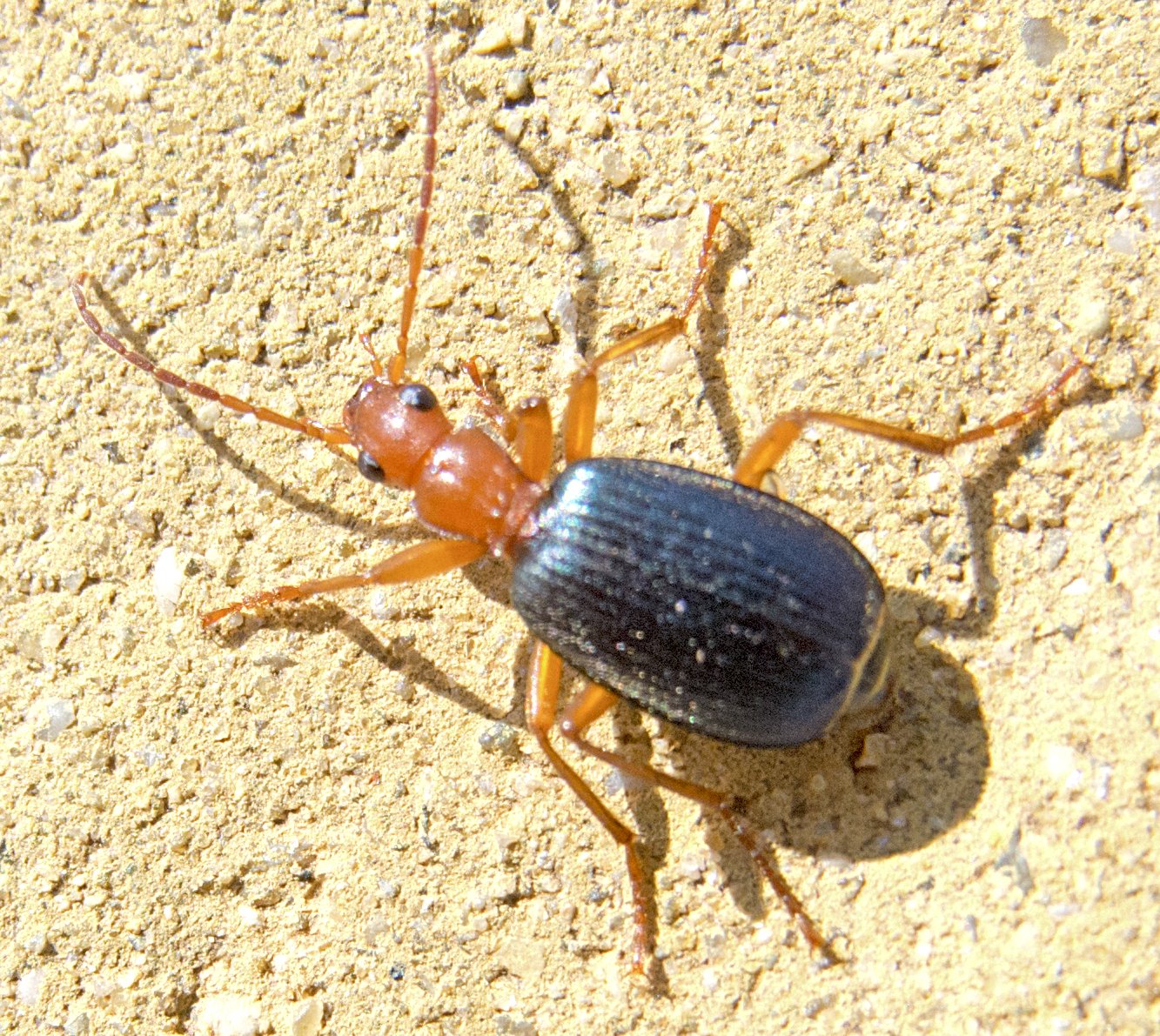
The bombardier beetle’s reproductive cycle is closely tied to their chemical defense capabilities. Females must ensure adequate chemical stores before laying eggs, as the energy requirements for both reproduction and defense system maintenance are substantial.
Juvenile beetles develop their chemical weapons gradually, with newly hatched larvae being completely defenseless. The chemical production system becomes fully functional only after the beetle reaches maturity, representing a significant vulnerability during the early life stages.
Mating behavior in bombardier beetles is particularly interesting, as potential mates must overcome the natural defensive responses to approach each other safely. This has led to the evolution of specific chemical signals and behavioral patterns that allow for successful reproduction.
Scientific Research and Medical Applications
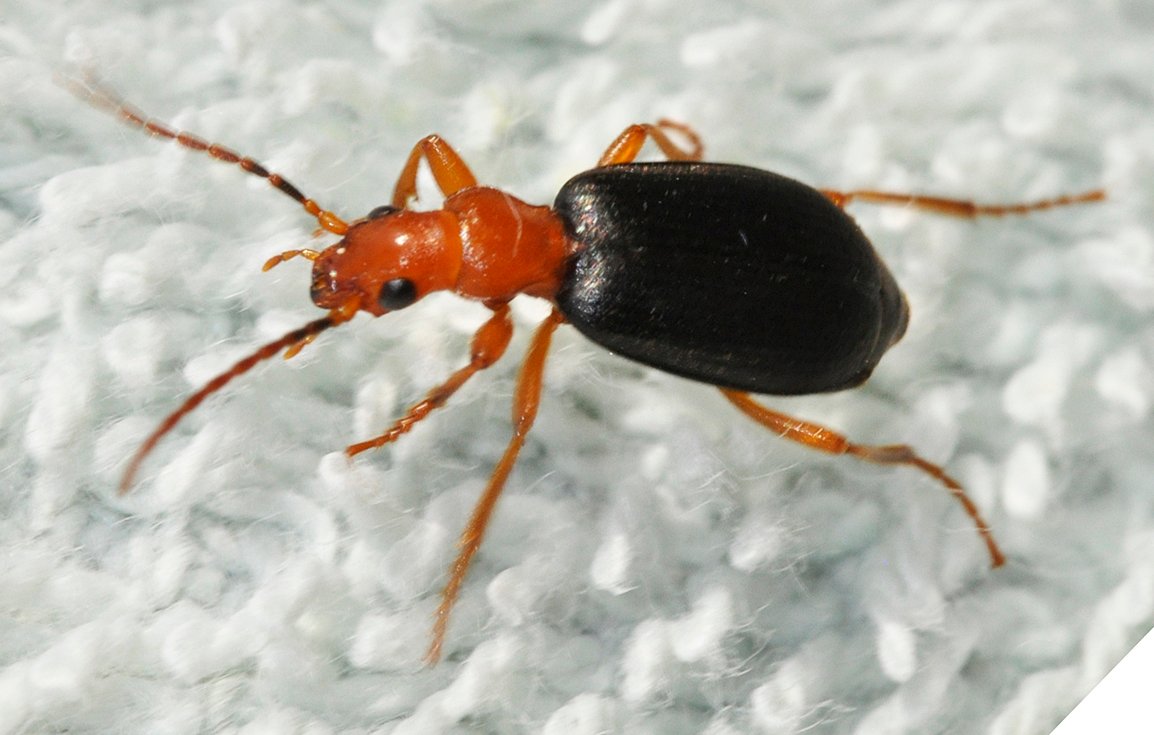
The bombardier beetle’s chemical defense system has attracted significant scientific attention, leading to potential applications in medicine and biotechnology. Researchers are studying the beetle’s enzymes and reaction mechanisms for possible use in drug delivery systems and cancer treatments.
The precise control mechanisms that allow beetles to regulate their chemical reactions have inspired new approaches to controlled drug release in the human body. The natural safety systems could provide templates for developing safer pharmaceutical delivery methods.
Additionally, the study of bombardier beetles has contributed to our understanding of enzymatic reactions and biological pressure systems, with applications extending beyond medicine into industrial processes and materials science.
Biomimetic Engineering Applications
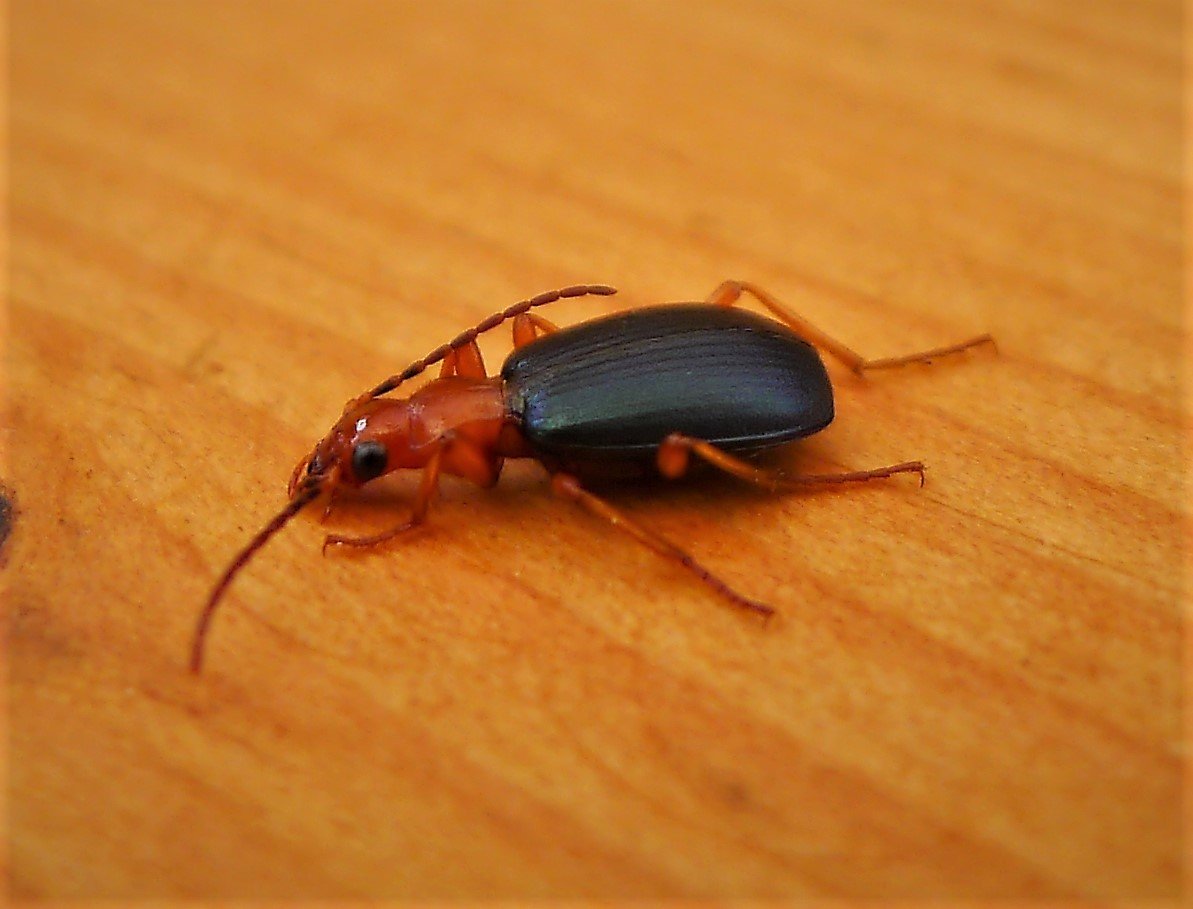
Engineers and roboticists have drawn inspiration from the bombardier beetle’s chemical defense system for developing new technologies. The precise control and rapid response capabilities of the beetle’s system have informed the design of emergency response systems and defensive mechanisms.
Military applications have also been explored, with researchers studying how the beetle’s targeting system could be adapted for non-lethal crowd control devices or area denial systems. The natural efficiency of the system offers advantages over traditional chemical delivery methods.
The multi-chamber design and pressure control mechanisms have found applications in microfluidics and lab-on-a-chip technologies, where precise chemical mixing and reaction control are essential for accurate results.
Conservation Status and Environmental Threats
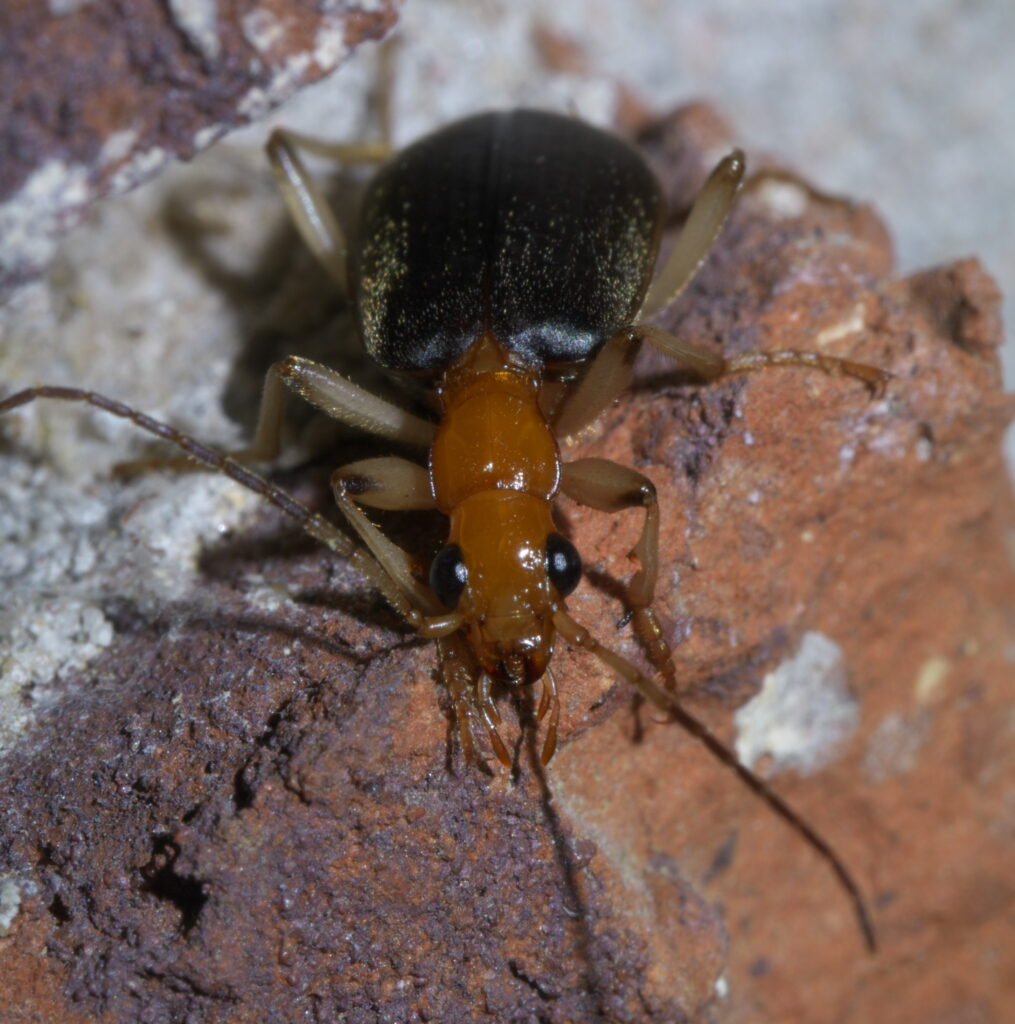
While bombardier beetles are not currently considered endangered, they face increasing pressure from habitat loss and environmental changes. Their specialized chemical defense system, while effective against natural predators, offers no protection against human-driven threats like deforestation and pollution.
Climate change poses particular challenges for these beetles, as their chemical production systems are sensitive to temperature and humidity changes. Shifts in environmental conditions could affect their ability to produce and maintain their defensive chemicals.
Conservation efforts focus on habitat preservation and monitoring population trends, as these beetles serve as important indicators of ecosystem health. Their presence often signals a balanced predator-prey relationship in their environment.
Cultural Impact and Popular Science
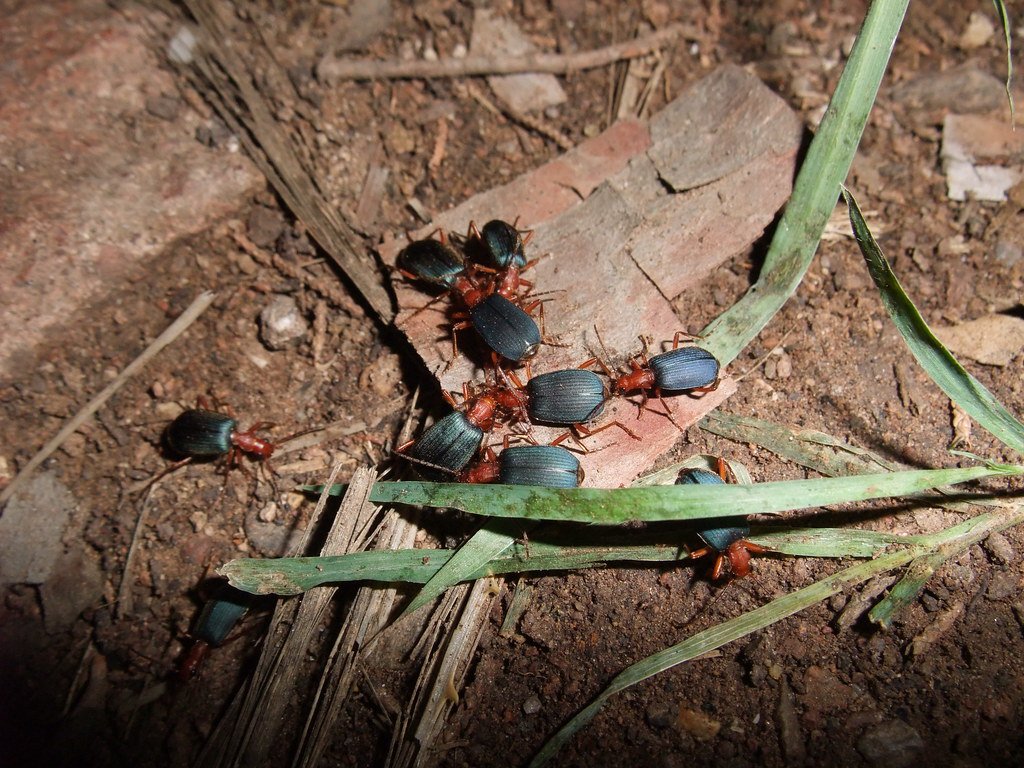
The bombardier beetle has captured public imagination and become a popular subject in science education and nature documentaries. Their dramatic defensive display makes them ideal ambassadors for demonstrating the incredible diversity and ingenuity of natural selection.
These beetles have also played roles in philosophical and scientific debates about evolution and intelligent design, with their complex chemical systems serving as examples of how gradual evolutionary processes can produce seemingly impossible biological innovations.
The fascination with bombardier beetles has led to their inclusion in museum exhibits, educational programs, and citizen science projects, helping to inspire new generations of scientists and nature enthusiasts.
Future Research Directions
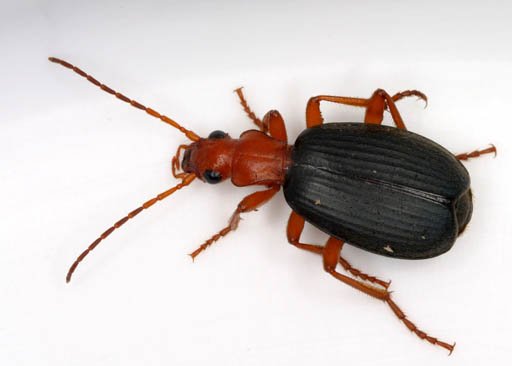
Current research on bombardier beetles focuses on understanding the genetic basis of their chemical defense system and how it might be modified or enhanced through biotechnology. Scientists are particularly interested in the regulatory mechanisms that control chemical production and release.
Advanced imaging techniques are revealing new details about the internal structure and function of the beetle’s defensive apparatus, providing insights that could lead to improved biomimetic applications. This research continues to unveil the remarkable complexity of these tiny biological weapons.
Climate adaptation studies are also becoming increasingly important, as researchers work to understand how these beetles might respond to changing environmental conditions and what this means for their long-term survival.
The Remarkable Legacy of Chemical Defense
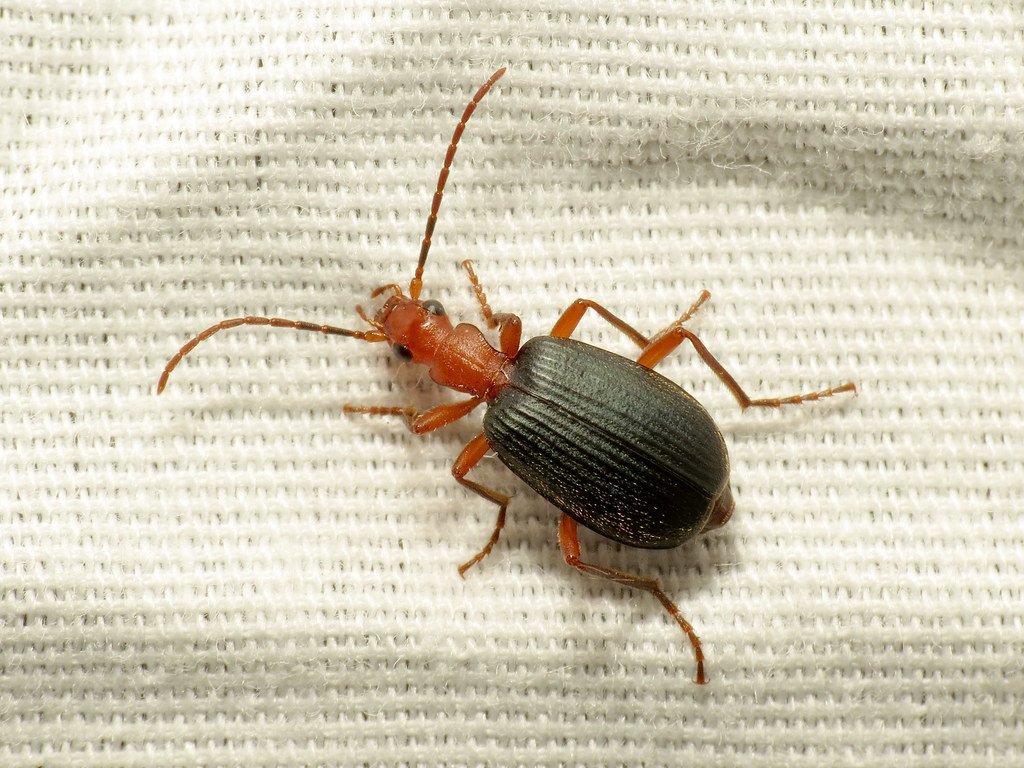
The bombardier beetle stands as one of nature’s most ingenious examples of chemical warfare, demonstrating how evolutionary pressure can produce biological systems that rival human engineering in their sophistication and effectiveness. These tiny insects have perfected a defense mechanism that combines chemistry, physics, and biology in ways that continue to amaze scientists and inspire new technologies.
From their precisely controlled chemical reactions to their accurate targeting systems, bombardier beetles represent millions of years of evolutionary refinement. Their success has allowed them to thrive in diverse environments worldwide, serving as both predators and prey in complex ecological relationships.
As we continue to study these remarkable creatures, they remind us that the natural world still holds countless secrets waiting to be discovered. The bombardier beetle’s chemical defense system may seem like something from science fiction, but it’s a testament to the incredible diversity and ingenuity of life on Earth. What other biological marvels are we yet to discover in nature’s vast laboratory?




